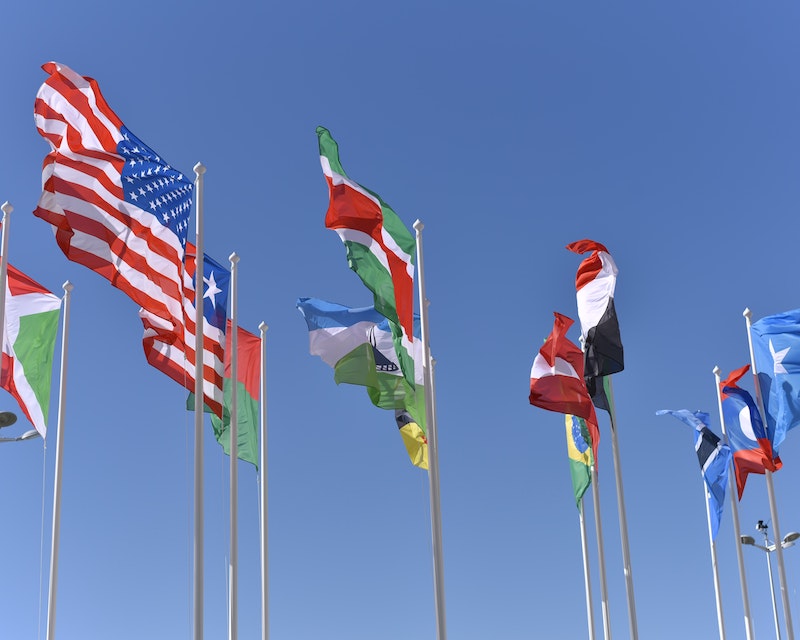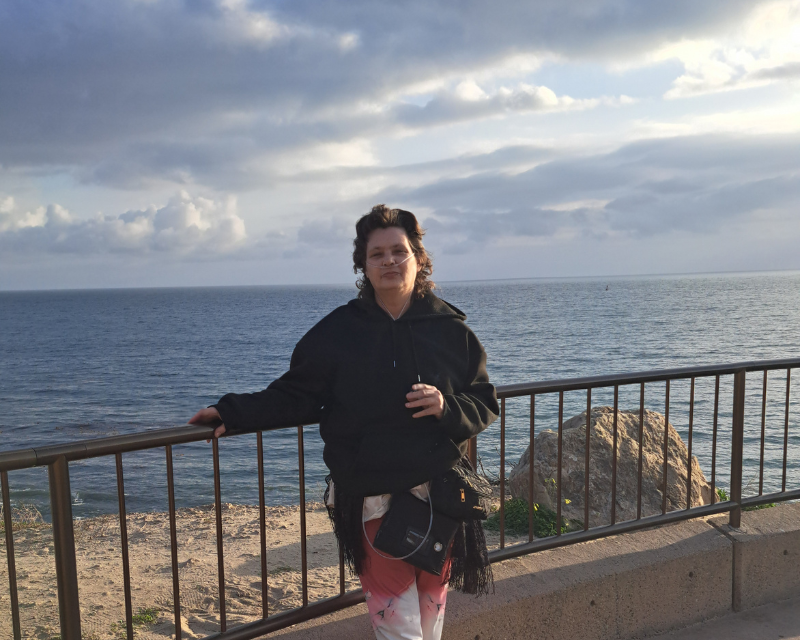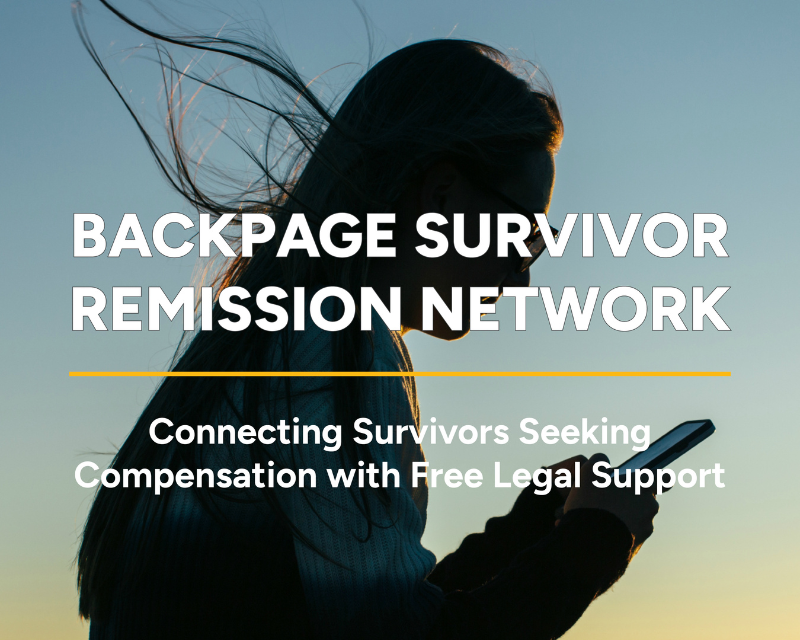
Last week, the U.S. Department of State released the 2020 Trafficking in Persons or TIP Report. Produced annually, the TIP Report ranks every country on a series of criteria related to governments’ efforts to fight human trafficking. The criteria are defined by the Trafficking Victims Protection Act (TVPA), the U.S. legal framework for fighting sex and labor trafficking. It is primarily a tool of diplomacy, used to help engage foreign governments in efforts to make positive changes that protect vulnerable people and end exploitation. But it is also a good jumping-off point for the United States – which is ranked alongside other countries – to do some much needed self-examination.
Even as the United States was awarded a Tier 1 ranking once again this year, we believe there are additional actions the U.S. government can take to further strengthen its response to human trafficking in our own country. The TIP Report grades on three areas of anti-trafficking work: Prevention, protection, and prosecution. There are areas of concern in each:
- There is not enough work being done federally to investigate labor trafficking and hold businesses accountable for labor trafficking abuses. Indeed, data from the 2020 TIP Report shows labor trafficking comprises only approximately 5 percent of total federal convictions and prosecutions of human trafficking.
- The TVPA explicitly recognizes that immigration status can create vulnerability to human trafficking and creates a program of “T” or trafficking visas that allow immigrant victims of trafficking to stay in the country and participate in prosecuting their abusers. In recent years, the pace of processing T visas requests has slowed down considerably, leaving many survivors who lack legal status in frightening limbo, unable to find closure and move forward to rebuild their lives. While as recently as two years ago, adjudication wait times for these visas averaged 6-9 months, today the wait time is between 19.5 and 26.5 months. Additional concerns include a decrease in the number of T visas granted to survivors and their family members.
- The single best way to end human trafficking is to prevent human trafficking, in part by ensuring that services and supports are available for vulnerable and at-risk populations. As the global pandemic drags on, the need for these services and supports is only increasing. It is vital that our government help ensure that vulnerable people can find safe places to live, as well as medical and behavioral health treatment, food, transportation, and other supports.
The United States is fully capable of taking these steps, and of being a true leader in the fight to end human trafficking here and around the world. We must commit to doing so, and to maintaining the credibility of the TIP Report in the process.


